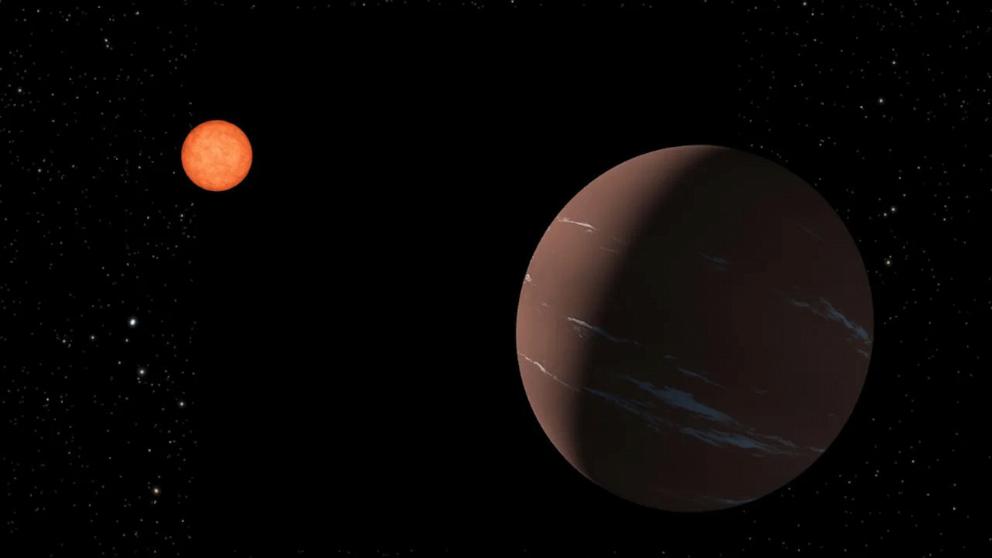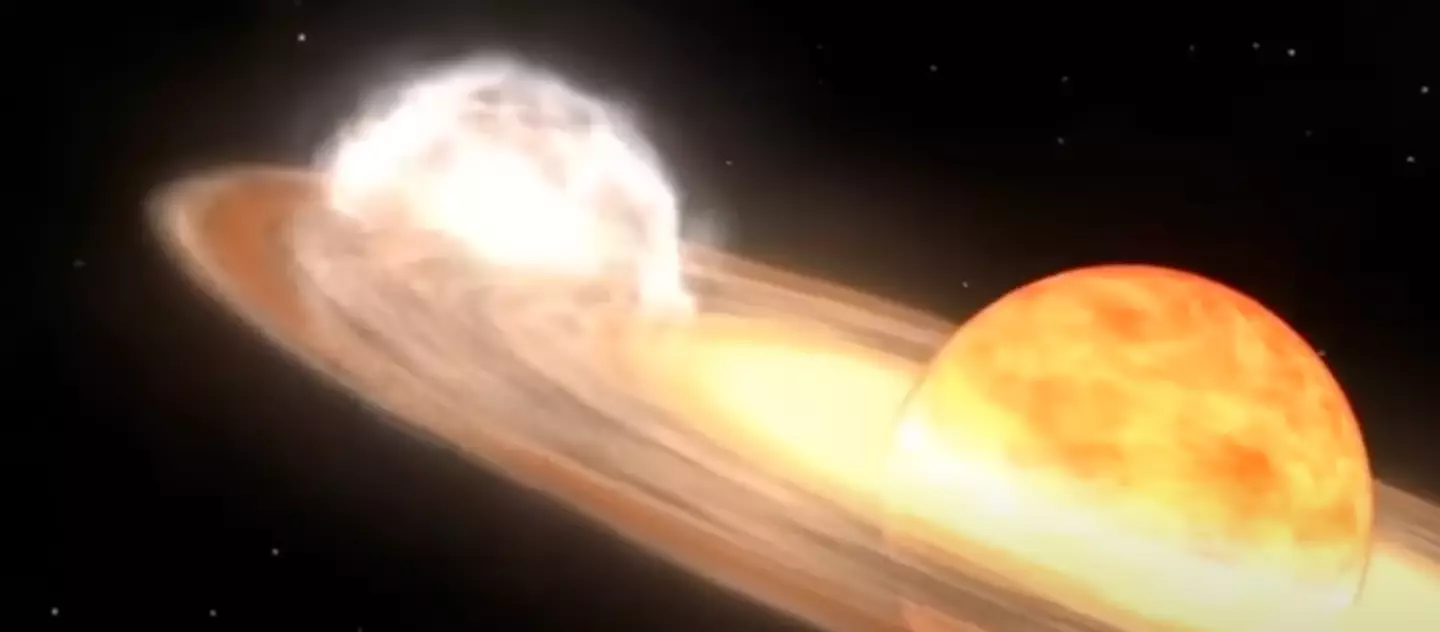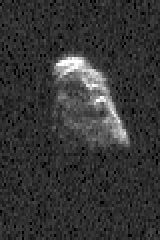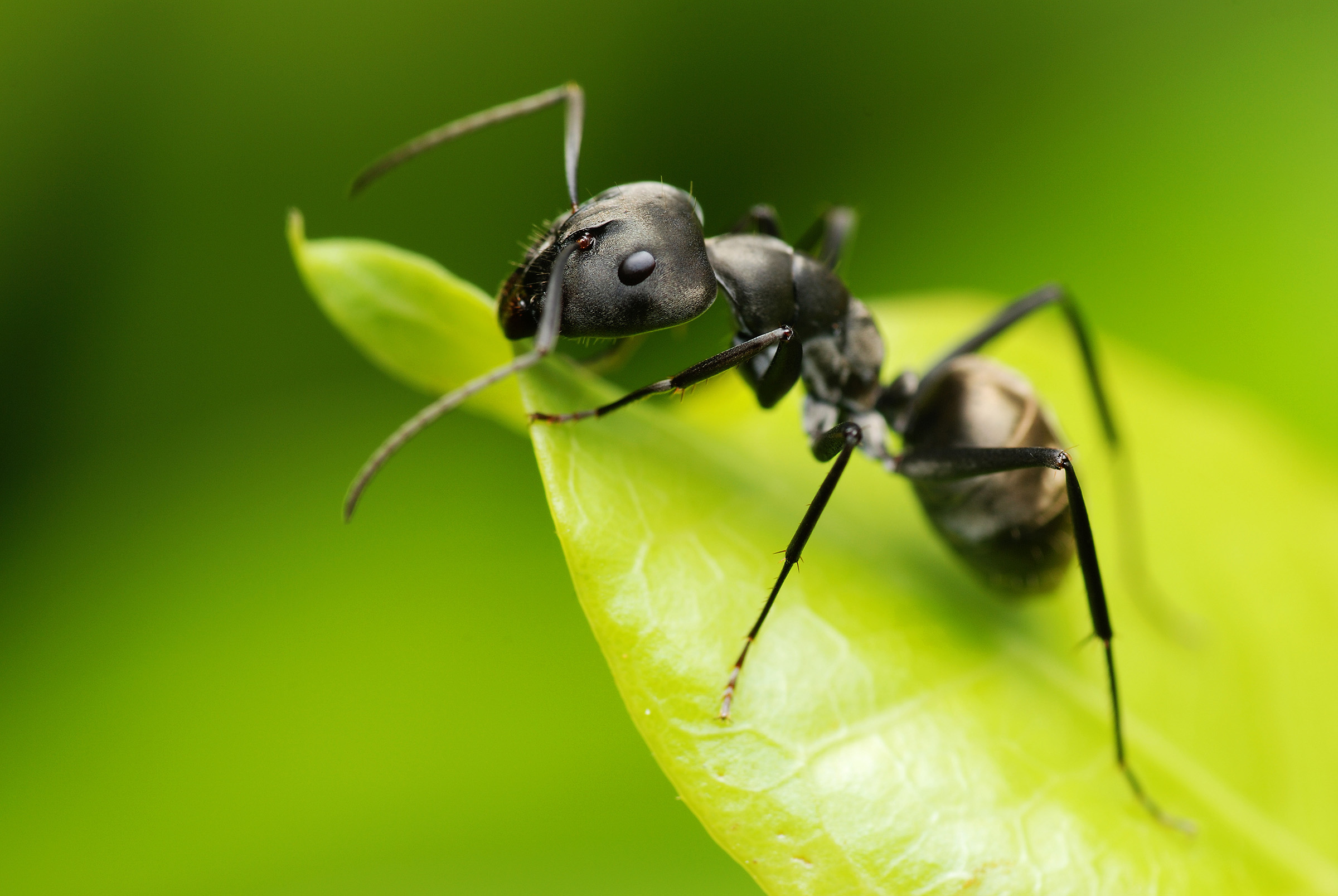
The newly discovered exoplanet, TOI-715 b, is around one and a half times the size of Earth. Could this “super-Earth” potentially support life with its temperature and conditions? NASA has confirmed that the exoplanet is not far from us, just 137 light-years away, and it orbits within a “habitable zone.” According to astronomers, the planet, known as TOI-715 b, is about one and a half times the size of Earth and orbits a small, reddish star. This same system may also contain a second, Earth-sized planet. If confirmed, this would become the smallest habitable-zone planet discovered by TESS (the Transiting Exoplanet Survey Satellite) so far, as per NASA’s Jan. 31 press release. Due to its distance from its parent star, the super-Earth could potentially be in a conservative “habitable zone” with the right temperature for liquid water to exist on its surface, an essential requirement for supporting life. NASA mentioned that “several other factors would have to line up, of course” for this to be possible. NASA has noted that the measurements of the habitable zone provide a more specific definition than the broader ‘optimistic’ habitable zone, and place the newly discovered planet, as well as potentially the smaller Earth-sized planet, in an advantageous position in relation to its parent star. According to an illustration provided by NASA, planet TOI-715 b, a super-Earth in the habitable zone around its star, might appear to a nearby observer. NASA has also disclosed that, due to the close proximity of the super-Earth’s orbit to its parent star, a red dwarf that is smaller and cooler than our Earth’s sun, a “year” for the planet is equivalent to 19 Earth days. NASA mentioned that the tighter orbits allow for easier detection and more frequent observation of planets. Since its launch in 2018, TESS has been contributing to astronomers’ collection of habitable-zone exoplanets, such as TOI-715 b, which could be further investigated by NASA’s James Webb Space Telescope. The Webb telescope is designed not only to detect exoplanets but to “explore the composition of their atmospheres, which could offer clues to the possible presence of life,” according to NASA. The research and discovery of the super-Earth was led by Georgina Dransfield at the University of Birmingham in the U.K. and was published in the “Monthly Notices of the Royal Astronomical Society” journal in January. This development represents a significant advancement in astronomers’ efforts to understand the atmospheric conditions required to support life and to explore the characteristics of exoplanets beyond our solar system, as stated by NASA.





/cdn.vox-cdn.com/uploads/chorus_asset/file/25520051/NASCAR_EV_car.jpg)







